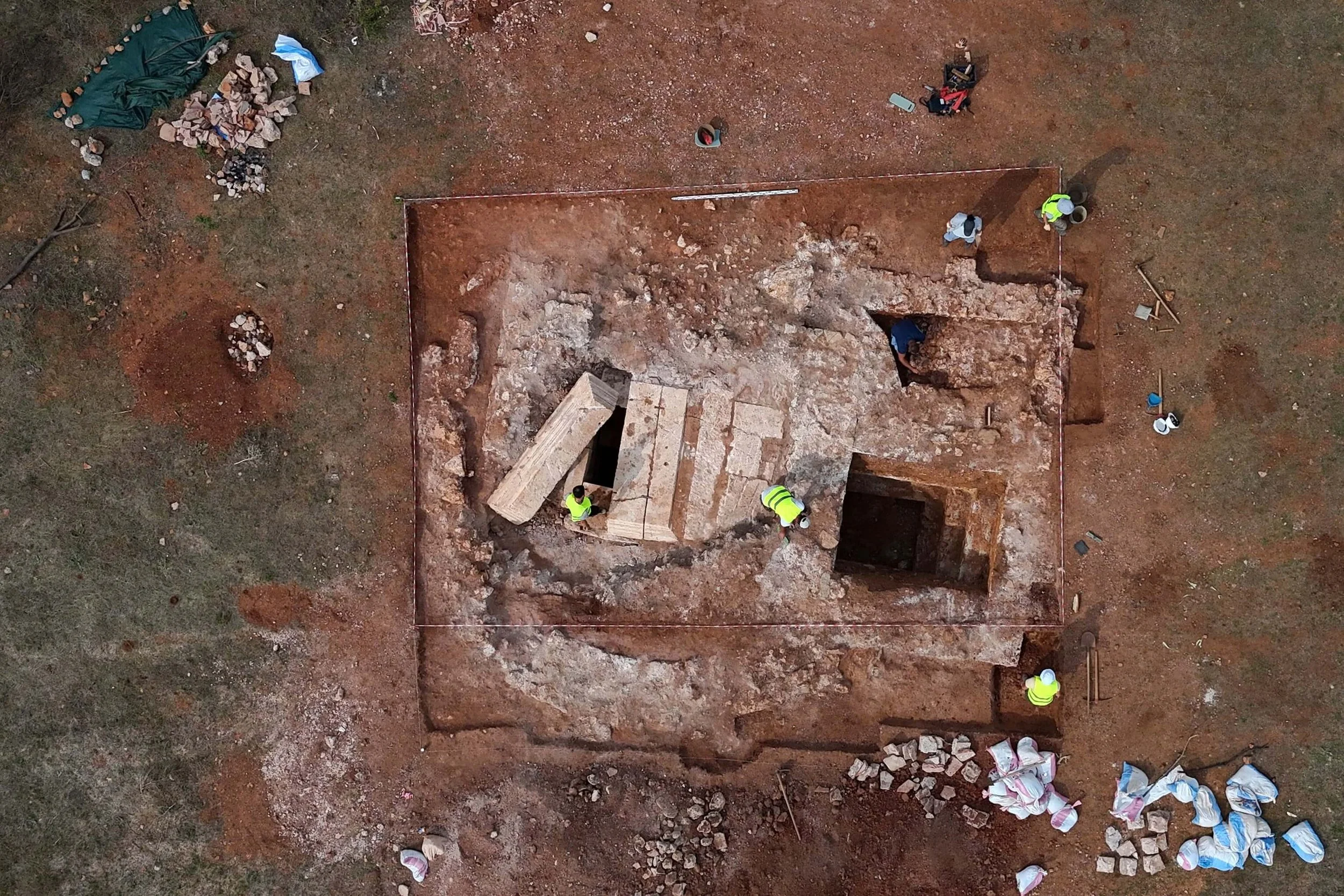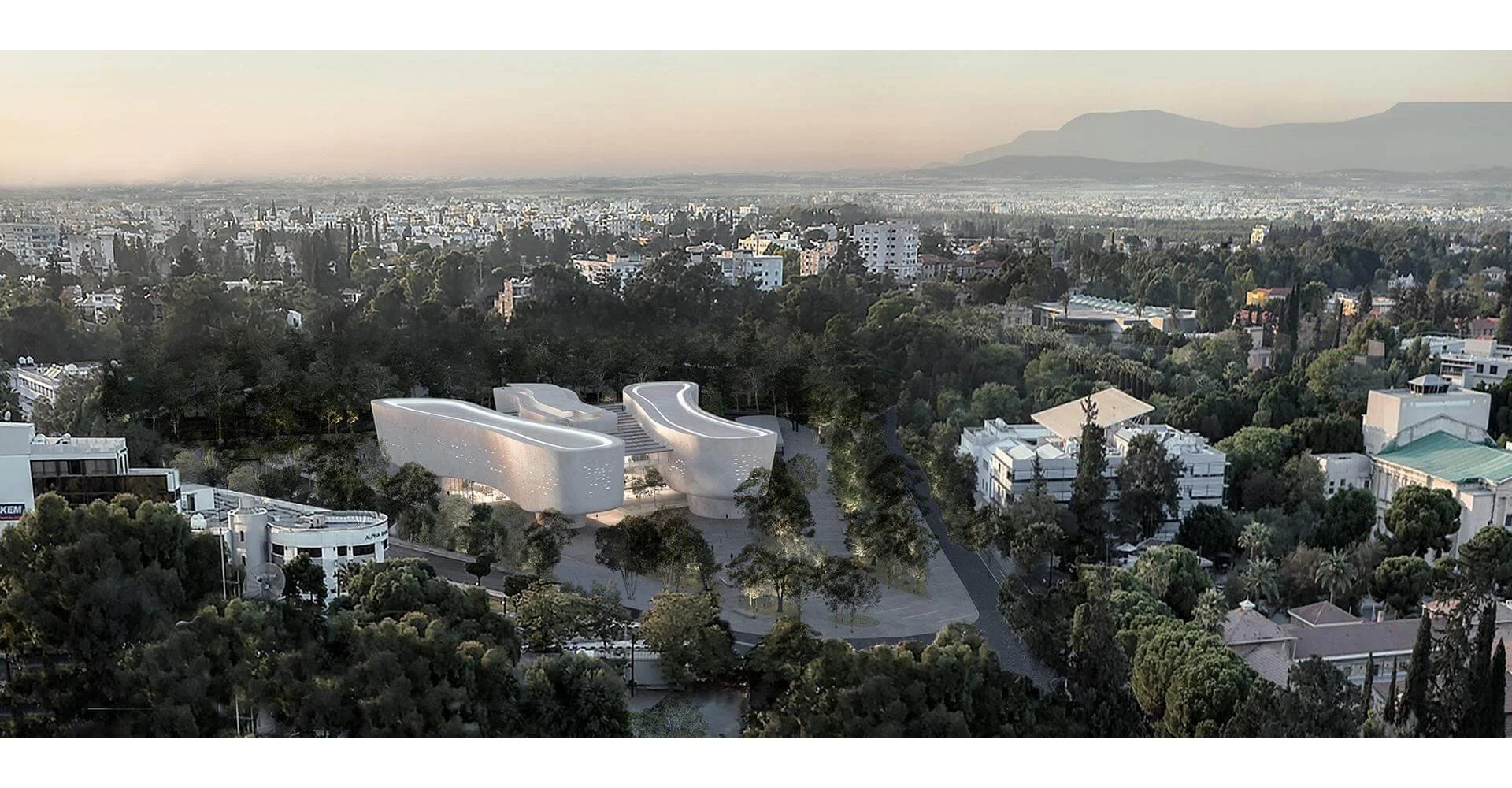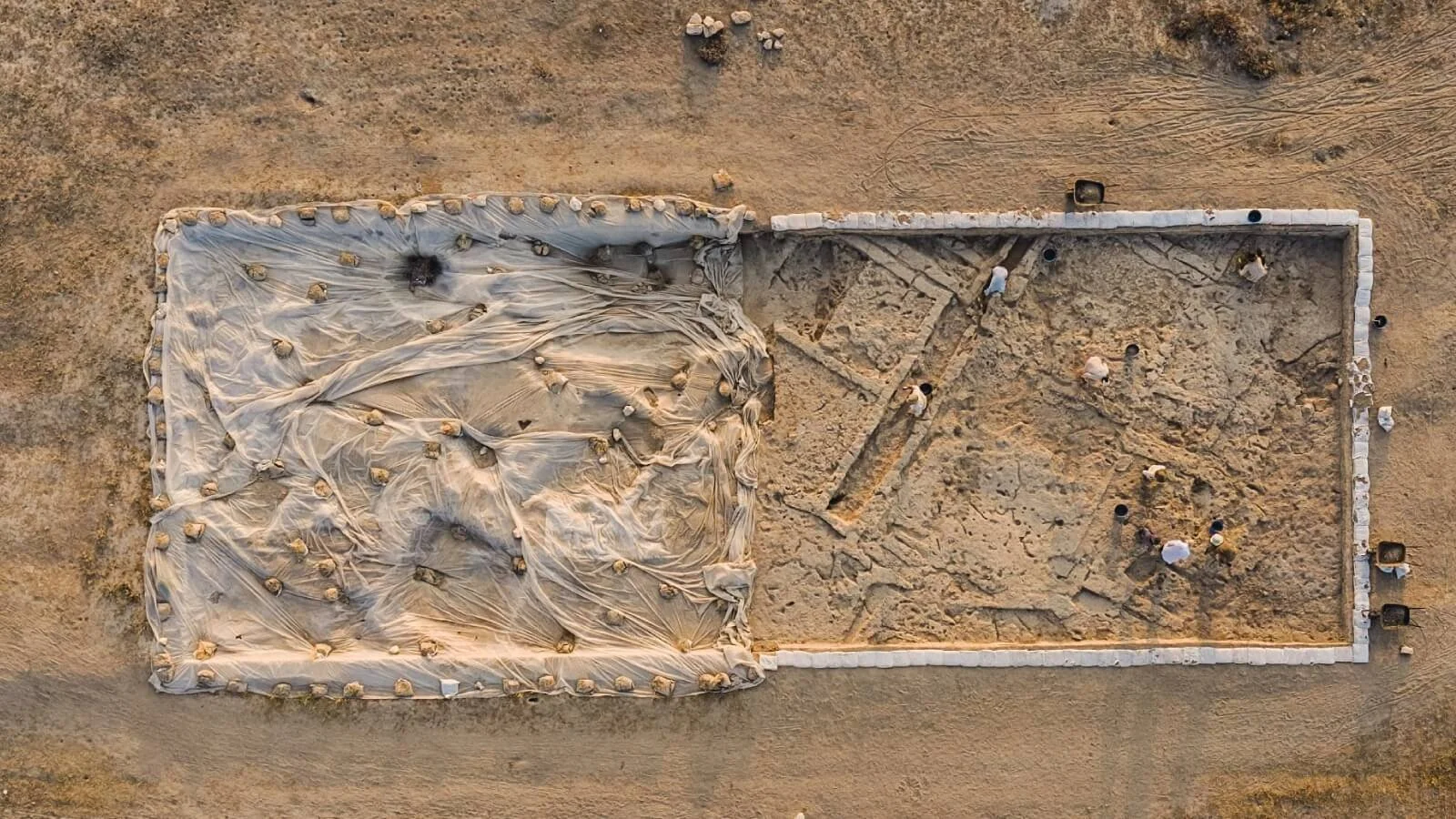In a remarkable archaeological discovery, a team of international researchers has uncovered life-size images of an extinct camel species meticulously carved into rock formations in the arid heart of Saudi Arabia. The findings, recently published in the journal "Archaeological Research in Asia," provide a unique window into the lives of people who lived thousands of years ago in the harsh and unforgiving landscapes of the Arabian Peninsula.
The Neolithic era in Saudi Arabia has long remained shrouded in mystery due to the challenging environmental conditions that do not favor the preservation of historical artifacts. However, recent discoveries, like the one at the Camel Site in northern Saudi Arabia, have begun to shed light on this ancient history. Here, large rocks bear life-size images of camels, offering tantalizing glimpses into the past.
Parade of Life-Size Camels
This newfound fascination with ancient camel carvings is not limited to the Camel Site alone. In the Al-Jouf province, a similar "parade of life-size camels" was uncovered five years ago, adding to the growing list of archaeological sites in Saudi Arabia with such remarkable features. But the most recent discovery pushes the boundaries of historical knowledge even further.
The research team's attention was drawn to the Sahout outcrop, located near the southern edge of the Nefud desert. While the outcrop was already known to researchers, it required a closer examination to reveal the artistry etched into its rugged surface. Here, the team unearthed several dozen images of a camel species that has been extinct for millennia but once roamed the entire Arabian Peninsula.
One of the most intriguing aspects of the Sahout outcrop discovery is the realization that the images were not the work of a single group of people. Instead, they were created in layers over time, with different groups contributing to the carvings and often etching over the work of those who came before. This technique provided valuable insights into the evolving styles and artistic methods of the ancient inhabitants of the region.
Preserving the Legacy
The researchers noted that the majority of the images were made in crevices—apparently a deliberate choice to ensure their preservation. This strategy seems to have been highly effective, as the images have endured for thousands of years in the harsh desert environment. Furthermore, the presence of other materials dated back to approximately 8,000 years in the same area offers valuable context for these incredible findings.
A detailed analysis of the artwork revealed that the ancient artists likely used stone tools made from chert to carve the images into the rock. This painstaking process would have required considerable time and effort, with some carvings taking up to two weeks to complete. The evidence also suggests that the creation of these images might have been a communal endeavor, underscoring the significance of camels in the lives of these ancient people.
The discovery of life-size images of extinct camel species carved into the Sahout outcrop in Saudi Arabia is a testament to the enduring curiosity and tenacity of archaeologists. These findings open up new avenues for understanding the ancient inhabitants of the Arabian Peninsula and their deep connection with these majestic creatures. With each new revelation, the rich history of Saudi Arabia continues to come to life, promising further insights into the distant past and the people who once called this unforgiving land their home.







